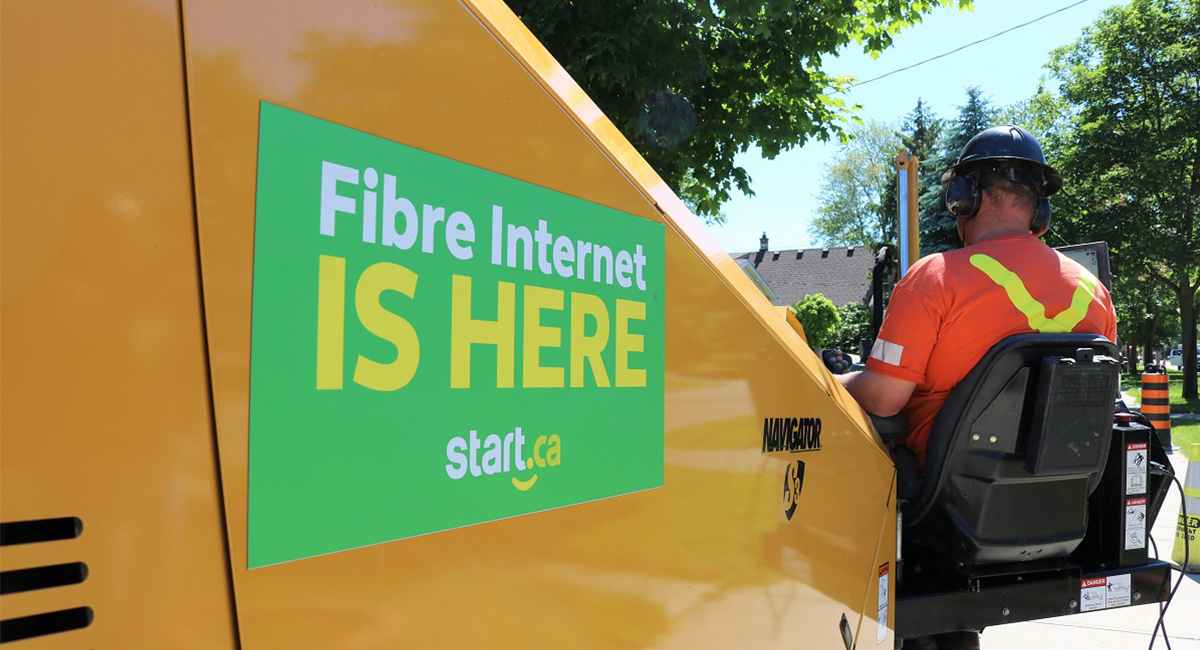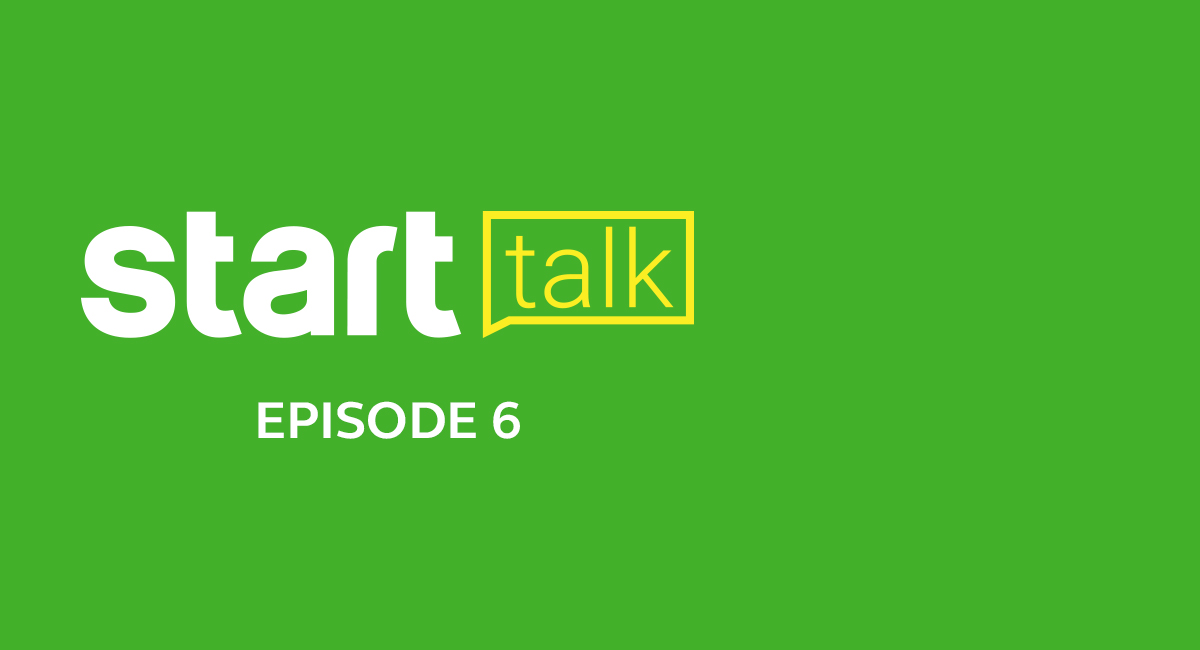The Start.ca Fibre Construction Process

Fibre optic internet is the fastest and most reliable internet technology in the world. Unlike older internet technology that utilizes copper wiring, fibre transmits an internet signal by sending pulses of light through flexible strands (or fibres) of glass.
Sounds cool, right? Right! But this also means that in order to bring fibre connectivity to homes and businesses, internet providers must build completely new infrastructure systems.
At Start.ca, we’re in the midst of building our very own expansive fibre network across our hometown of London, Ontario. In most cases, we implement fibre-to-the-home (FTTH) construction, meaning we bring a direct end-to-end fibre connection right to your premises.
If you’re reading this, there’s a good chance we’ve already started, or are about to start fibre construction in your area. We understand that you might have some questions, that’s why we’ve put together this article to help clear some things up.
Building an entirely new and revolutionary internet infrastructure does take some time, however, at Start.ca, we rely on the latest tools and best industry practices to ensure that our fibre construction projects run smoothly.
While the time it takes to complete fibre construction from start to finish can vary depending on certain variables such as permit delays or inclement weather, here is what you can generally expect during an underground fibre-to-the-home-build:
1. Planning and Permissions
Before we get started on any construction in your neighbourhood, we survey the area and obtain permits from the city.
Once we have collected the appropriate permits, we go door-to-door to homes along our fibre path to give residents a heads up that there will be some construction in their area while also answering any questions they may have about fibre internet.
2. Flags and Markings
When you (or contractors working for you) start digging or excavating, you risk damaging the network of underground natural gas pipes, telephone lines, hydro or cablevision cables, and water pipes.
We take great care to avoid this, which is why you may notice location specialists walking around using special equipment to locate underground utilities. The location of the utilities or mains are marked with specific colour codes (paint, stakes, or flags), depending on the utility involved. These marks let our construction teams know where existing underground utility lines are located.
3. Construction (Excavation and Drilling)
Our contractor starts primary construction on our fibre path through your neighbourhood by hydro excavating holes where the duct goes to each home along the street, as well as any other utility lines that they must cross. This is a non-mechanical, non-destructive process that uses pressurized water and an industrial strength vacuum to excavate and evacuate the soil at the same time.
In some instances, we may also use the existing utility poles in your area to run aerial fibre along the boulevard and to your property.
We then use a horizontal directional drill to run the fibre from one end of the street to the other. We install small underground vaults in order to splice the incoming fibre and redirect it to individual properties.
4. Getting Fibre to Your Door
The next step in getting you connected involves us running a duct and fibre line from one of our vaults directly to your residence. In most cases, we run the fibre line to a demarcation box on the outside wall of the house where the hydro meter and other utilities come in. We have a restoration crew that comes back to make sure any disturbance caused by Start.ca’s contractor(s) is restored to municipal standards.
5. Lighting up your Fibre
Once your home is fibre-ready, we will contact you to let you know that we are ready to light up your fibre service. At this time, we can schedule an installer to come run the fibre optic cable from the demarcation box into your home where it will be connected to a modem.
After a quick test, your connection will be live! All that’s left for you to do is setup your router in order to get your Wi-Fi going. We recommend a solid gigabit-ready router, such as the Mercku M2 to ensure you’re taking full advantage of your new lightning-fast fibre connection.
Questions about Start.ca fibre internet or fibre construction? Connect with us at 519-488-7021 or [email protected]
From London or St. Thomas? Check Fibre Availability.






